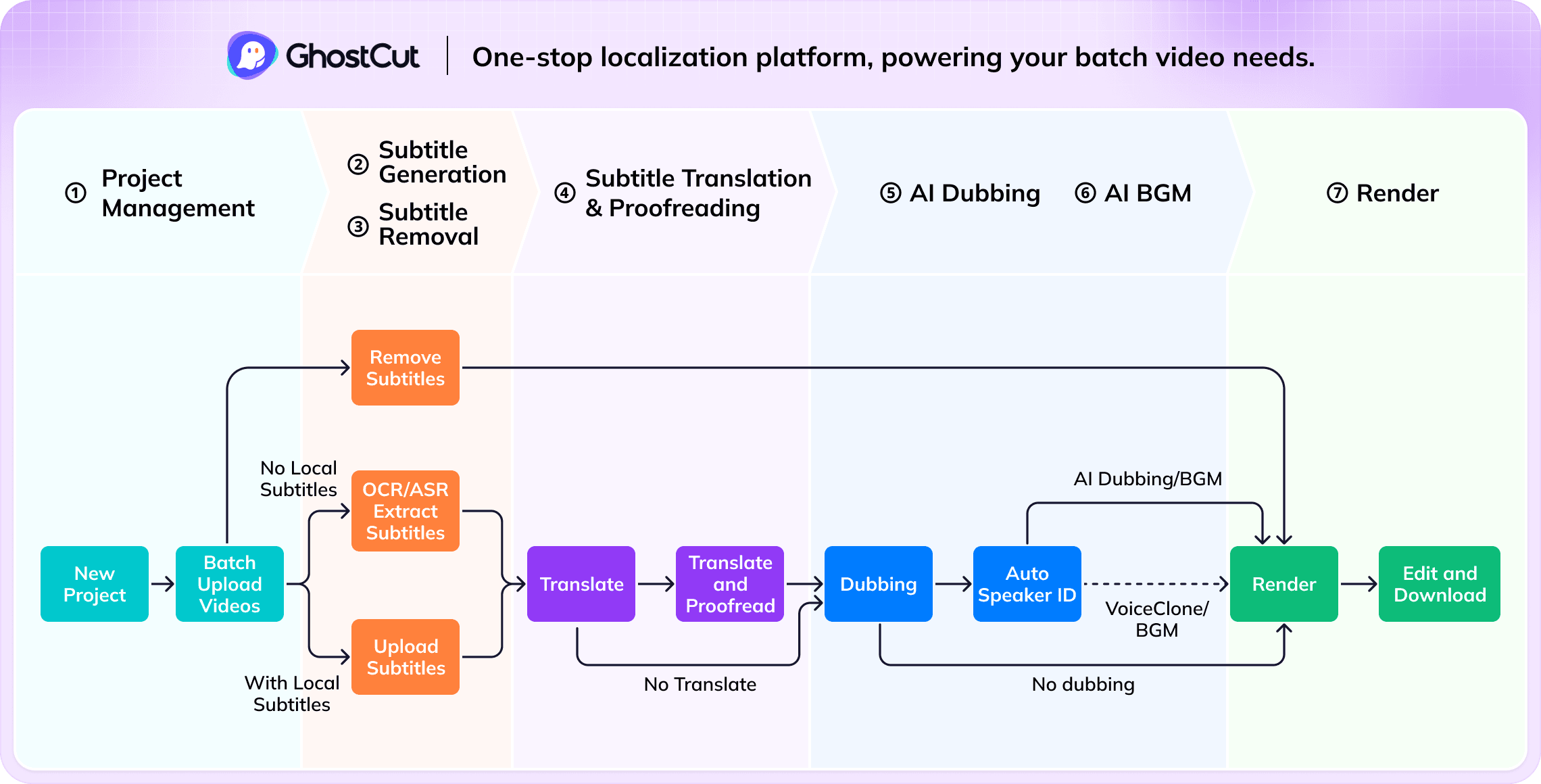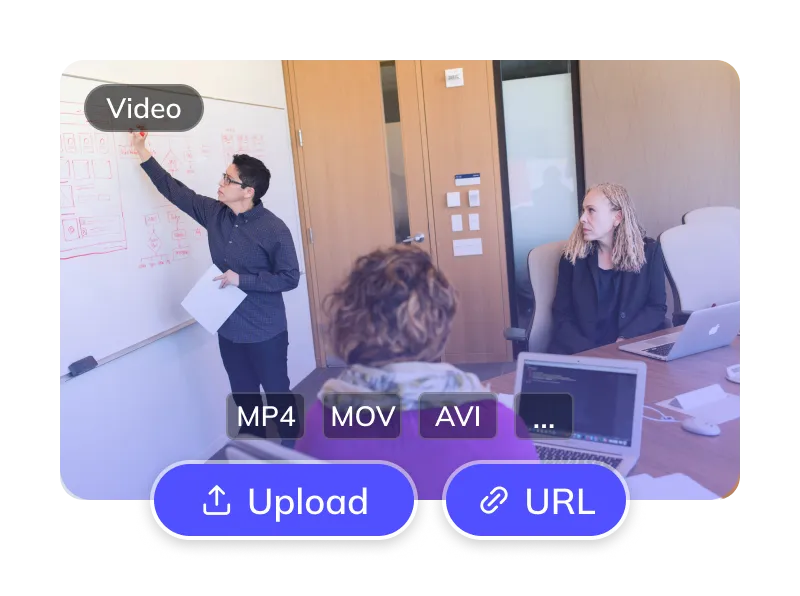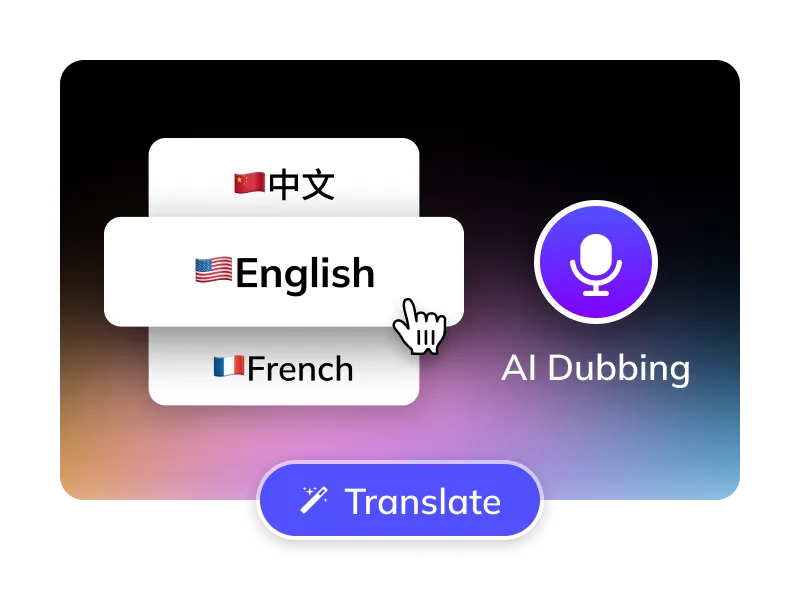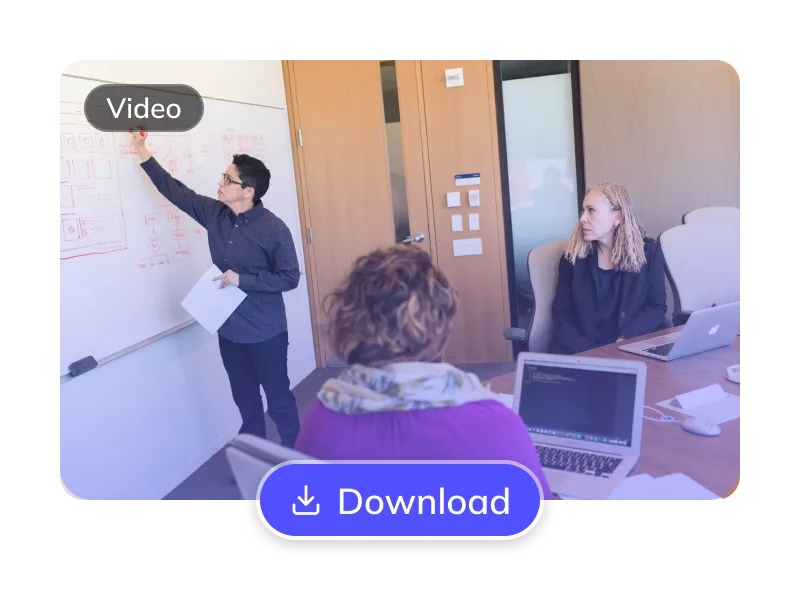How to Translate Chinese Videos to English ?
Translate Chinese Videos to Korean in 3 Easy Steps
Trusted by 1,500,000+ Global Creators and Businesses
Why GhostCut for Your Video Translations?
GhostCut is your all-in-one AI solution for translating Chinese content into natural, engaging Korean.
Effortless Project Management
Manage Chinese assets, subtitles, & Korean videos. Batch process projects efficiently.
Pinpoint Korean Accuracy
Up to 99.5% accurate. Optimized for Chinese-to-Korean with LLM calibration & multi-agent review for culturally fluent Korean translations.
Lifelike Korean AI Dubbing
Choose from diverse, human-like Korean AI voices (US/UK accents). Emotion-cloning technology captures original tone for natural Korean delivery.
Flexible Chinese Subtitle Options
Optionally erase original Chinese hardsubs for a clean slate. Translate embedded Chinese subtitles directly.
Smart Multi-Speaker ID (Chinese)
AI detects multiple speakers in Chinese videos. Assign or clone distinct Korean voices per character, with cross-episode consistency for complex Korean dubs (dramas, interviews).
Efficient Batch Processing & API
Batch translate and dub 100s of Chinese videos to Korean at once. Seamlessly integrate with our robust API.
Versatile BGM Control
Keep or mute original BGM. Our unique tech can also isolate sound effects, meeting diverse copyright and distribution needs.
Unbeatable Value
Flexible Chinese-to-Korean plans. Try core features free. Automated pro service from just $0.1/minute.
Easy Online Access
No downloads. Instantly translate Chinese videos to Korean online. Works on Windows, Mac, & major mobile browsers for cloud processing anywhere.
The GhostCut Edge: Unmatched Accuracy, Speed, and Value.
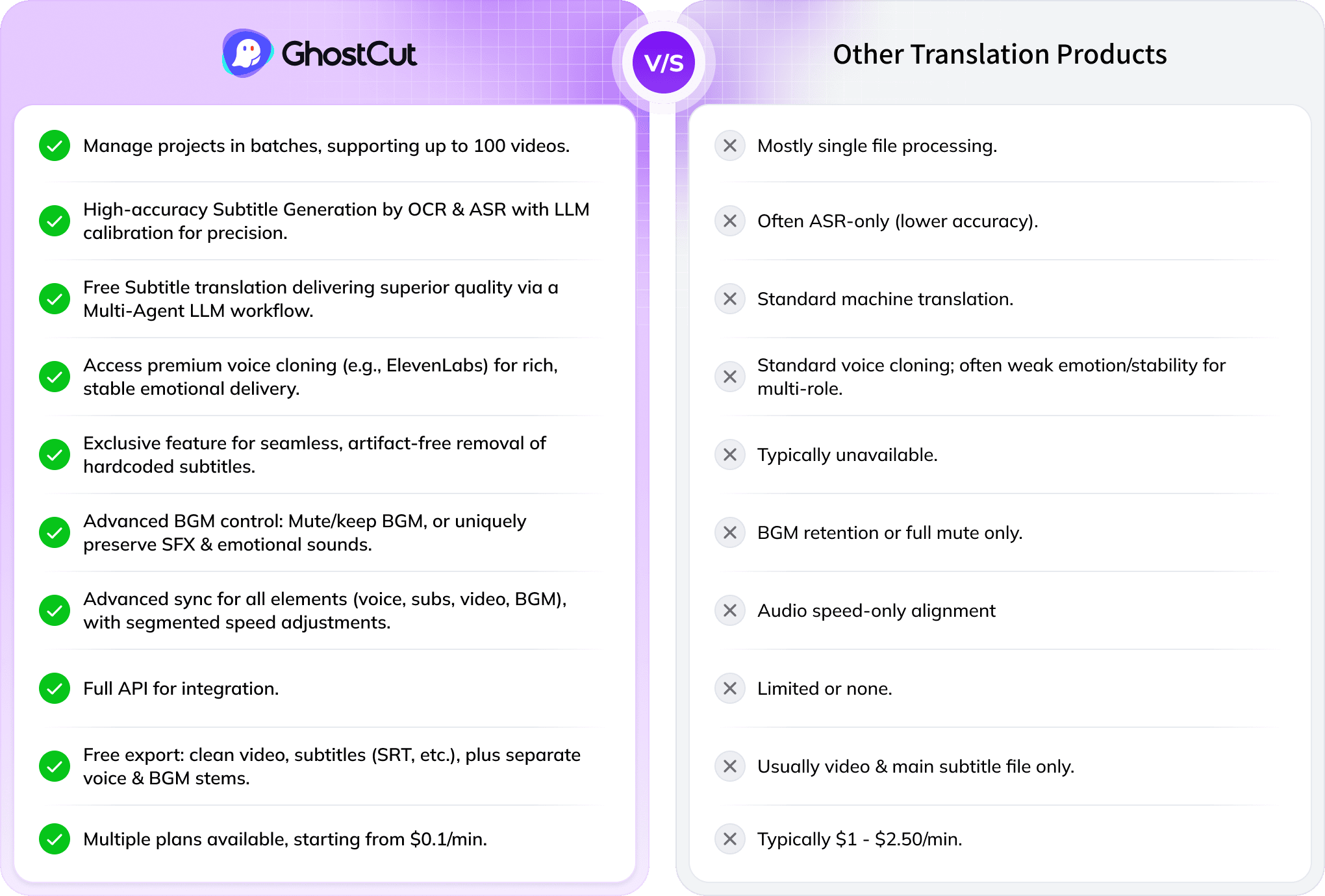
Every Algorithmic Optimization, Engineered for Quality Korean Video
Mastering Long-Form Chinese Drama & Multi-Character Dubbing
Translating a 100-minute Chinese drama with 4000+ lines and many characters into Korean is tough. Standard AI struggles to tell speakers apart, causing errors. GhostCut’s multi-modal AI (video, voice, text) excels in long-form, multi-speaker content, ensuring accurate, consistent character voices across entire series.
Translate Now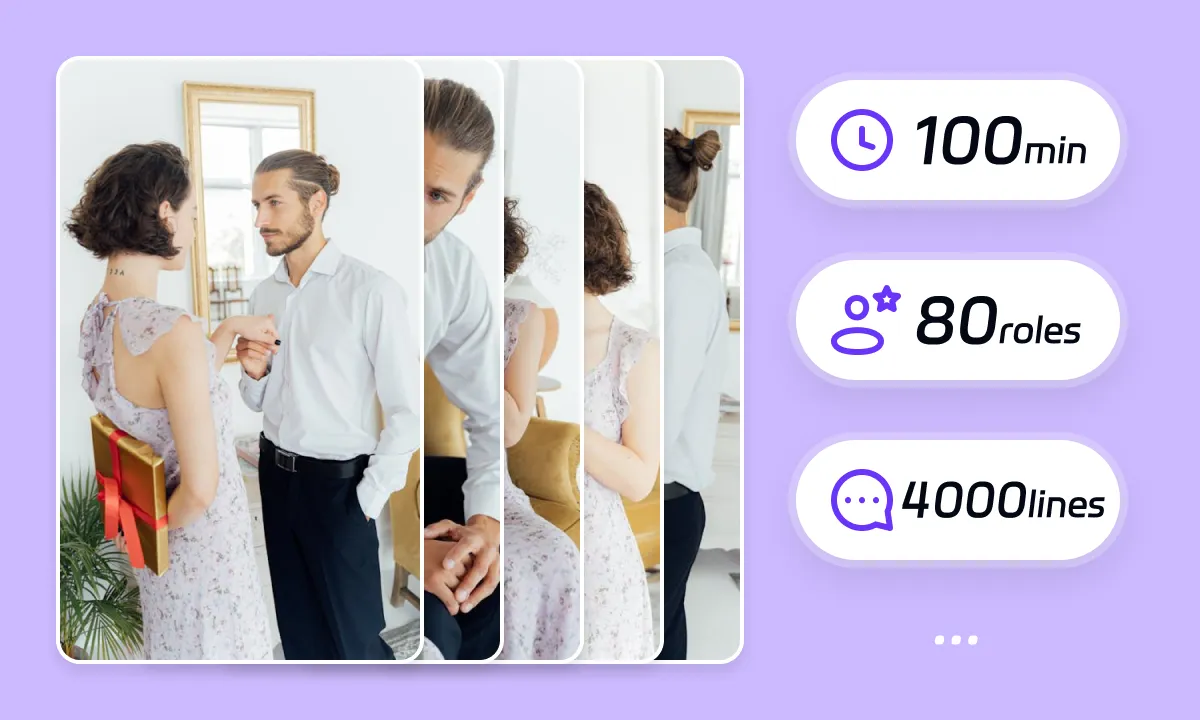
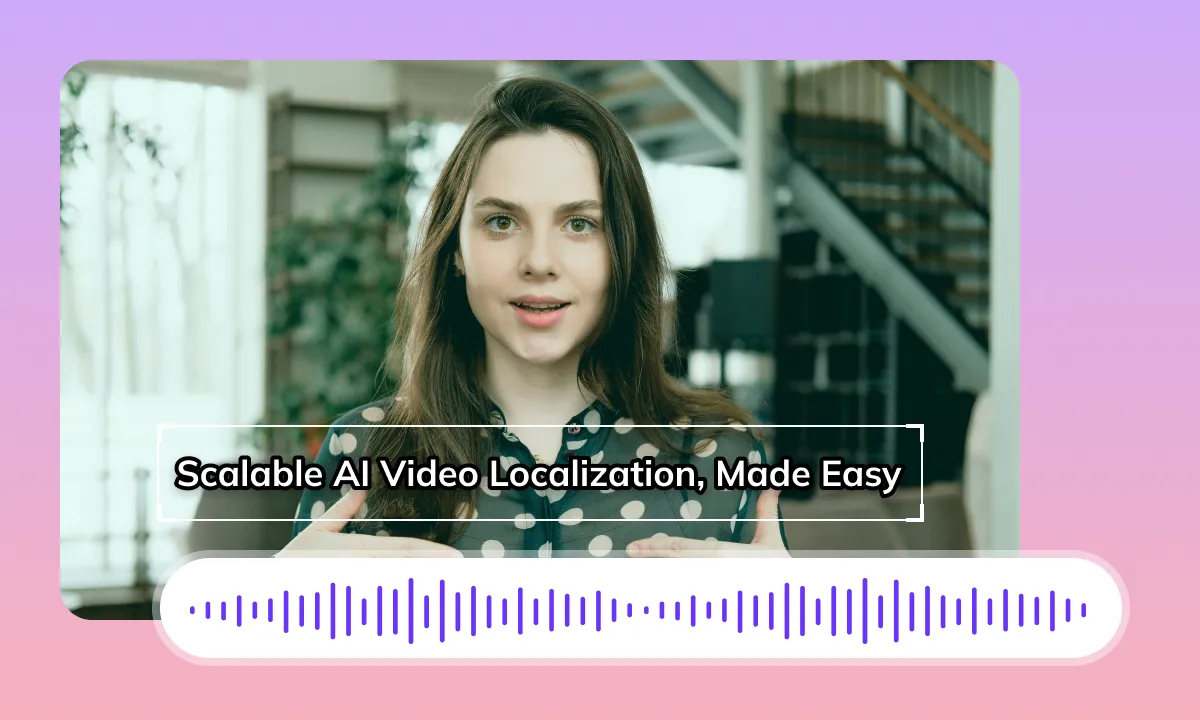
Seamless Korean Dubbing & Perfect Lip-Sync
GhostCut ensures natural Korean audio flow by treating related subtitles as whole ideas for TTS. It then precisely times new Korean subtitles. Since Chinese-to-Korean translation can change speech length, our AI expertly adjusts the new Korean audio, subtitles, video, and BGM to maintain perfect sync, just like a seasoned editor.
Translate NowBoost ROI with Flawless Chinese Subtitle Removal
Original Chinese hardsubs can limit your video's global appeal. GhostCut’s AI doesn't just blur; it intelligently reconstructs the background obscured by Chinese subtitles, even complex ones, for a perfectly clean, high-quality visual. This means better viewer engagement, longer watch times, and higher ROI.
Translate Now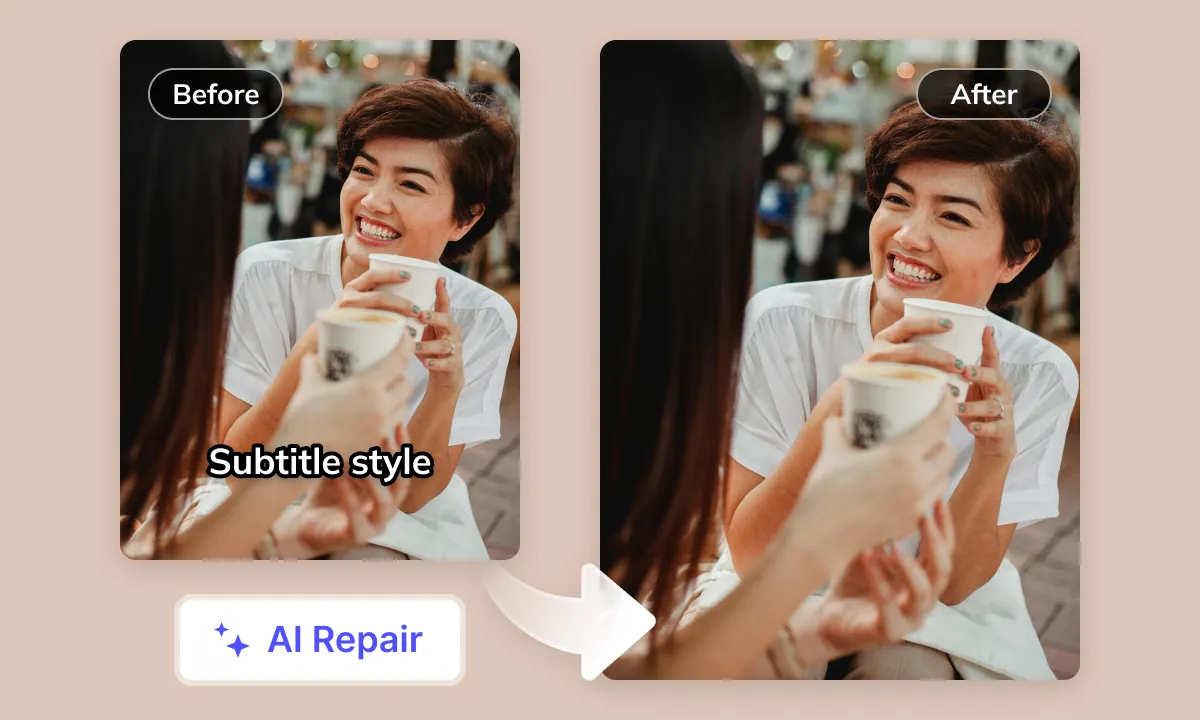
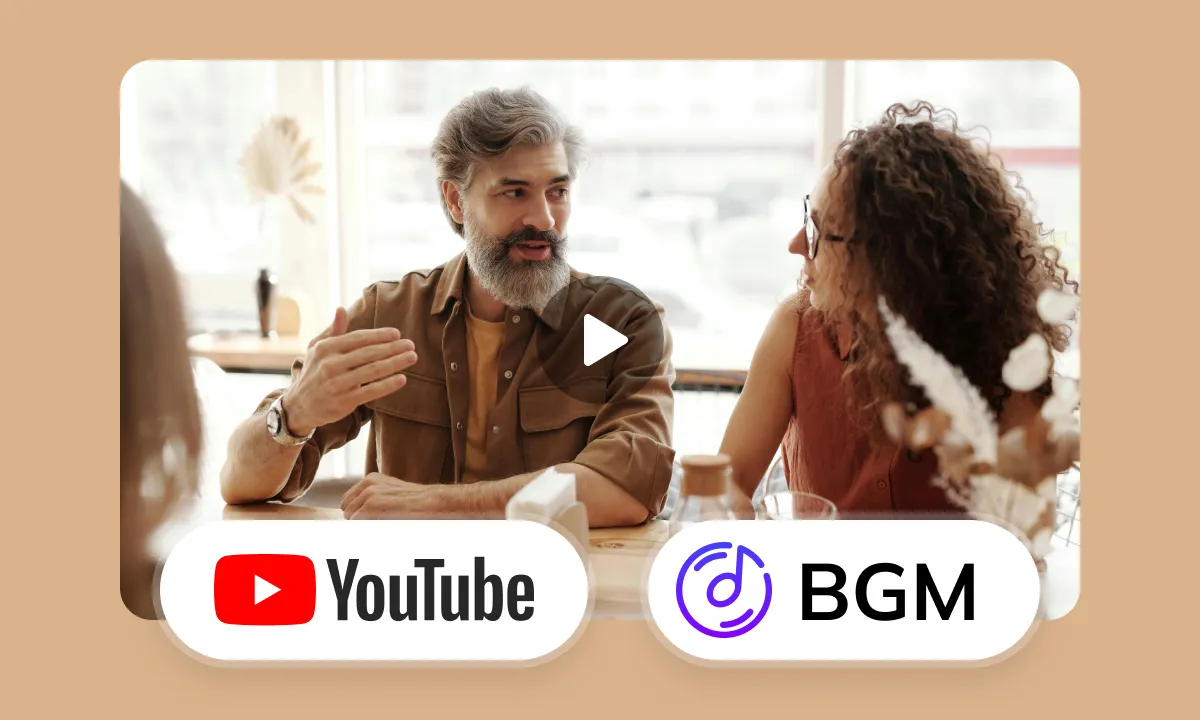
Smart Audio Control for YouTube Creators
Navigating BGM copyright on YouTube is tricky. GhostCut’s advanced audio separation isolates Chinese dialogue for translation, while intelligently managing BGM, sound effects, and even emotional expressions. Our "Keep SFX, Remove Music" option is a creator favorite for avoiding copyright issues without losing your video’s impact.
Translate NowYour Chinese Content Deserves Korean Viewers
China produces abundant high-quality video content, including short videos, web dramas, and vlogs on platforms like and Bilibili. Due to language barriers, these popular Chinese works struggle to reach the Korean market. On platforms such as YouTube or Korean local sites, professional Chinese-to-Korean translation and dubbing is scarce. This prevents Korean users from fully grasping the content, limiting their viewing experience, interaction, and the spread of Chinese culture. Consequently, there's an urgent need for accurate, efficient Chinese-to-Korean AI video translation and dubbing technology
Chinese Video Translation to Korean: Insights and Challenges
Burned-in Subtitles Audio Interference
Embedded Chinese hardcoded subtitles or voiceovers, if not properly addressed for Korean audiences, can significantly impair their viewing experience and comprehension of information
Cross-Cultural Linguistic Structure Gaps
Chinese and Korean exhibit significant differences in grammatical structure (e.g., word order), honorific systems, slang, cultural allusions, and lexical nuances. Literal translation often results in awkwardness, distortion, or misunderstanding. The core challenge lies in achieving accurate, localized translation that naturally aligns with Korean linguistic and cultural norms
Subtitle Layout Information Density
Chinese characters possess high information density, whereas Korean sentences are typically longer. This necessitates a re-evaluation of screen space allocation when converting to Korean subtitles. Key technical challenges include proper sentence segmentation, managing characters per line, and ensuring subtitle clarity and readability without overcrowding or rapid flashing
Pacing Mismatch AV Sync
The duration required to convey content in Chinese may differ from Korean, leading to a natural mismatch between the original video's pacing and the translated Korean voiceover. A critical challenge is ensuring the translated Korean audio remains perfectly synchronized with the video's on-screen actions and emotional cues
Chinese Speech Recognition Accuracy
Various dialects, complex conversational environments (e.g., multi-speaker dialogues), and background noise significantly challenge the accuracy of Chinese AI speech recognition
High-Quality Korean AI Voice Bottleneck
While Korean AI voice synthesis technology has progressed, top-tier AI voice resources capable of natural emotion and diverse timbres remain relatively scarce, posing a significant bottleneck for meeting high-standard voiceover requirements
Lip-Sync Precision
The articulatory mouth shapes for Chinese and Korean pronunciation differ significantly. High-quality Korean voiceovers necessitate that AI or human efforts achieve the closest possible synchronization between the dubbed audio and the on-screen characters' lip movements, demanding exceptional precision and technical proficiency
Ideal AI Video Translation Workflow
An optimal AI video translation workflow should encompass: highly accurate Chinese speech recognition; a profoundly idiomatic Korean translation that meticulously accounts for cultural nuances, grammatical structures, and honorifics; natural and realistic Korean voiceovers with precise lip-syncing; and intelligent audio-visual adaptation and editing
Tackling Video Translation Challenges with AI Empowering your Chinese content for any worldwide scenario.
Your All-in-One AI Translation Studio
GhostCut offers more than just Chinese-to-Korean translation. It's a complete AI-powered workflow: subtitle extraction 、 removal 、 translation and proofreading to multi-character dubbing , BGM processing, and final rendering. Go from Chinese source to global-ready videos, effortlessly.
